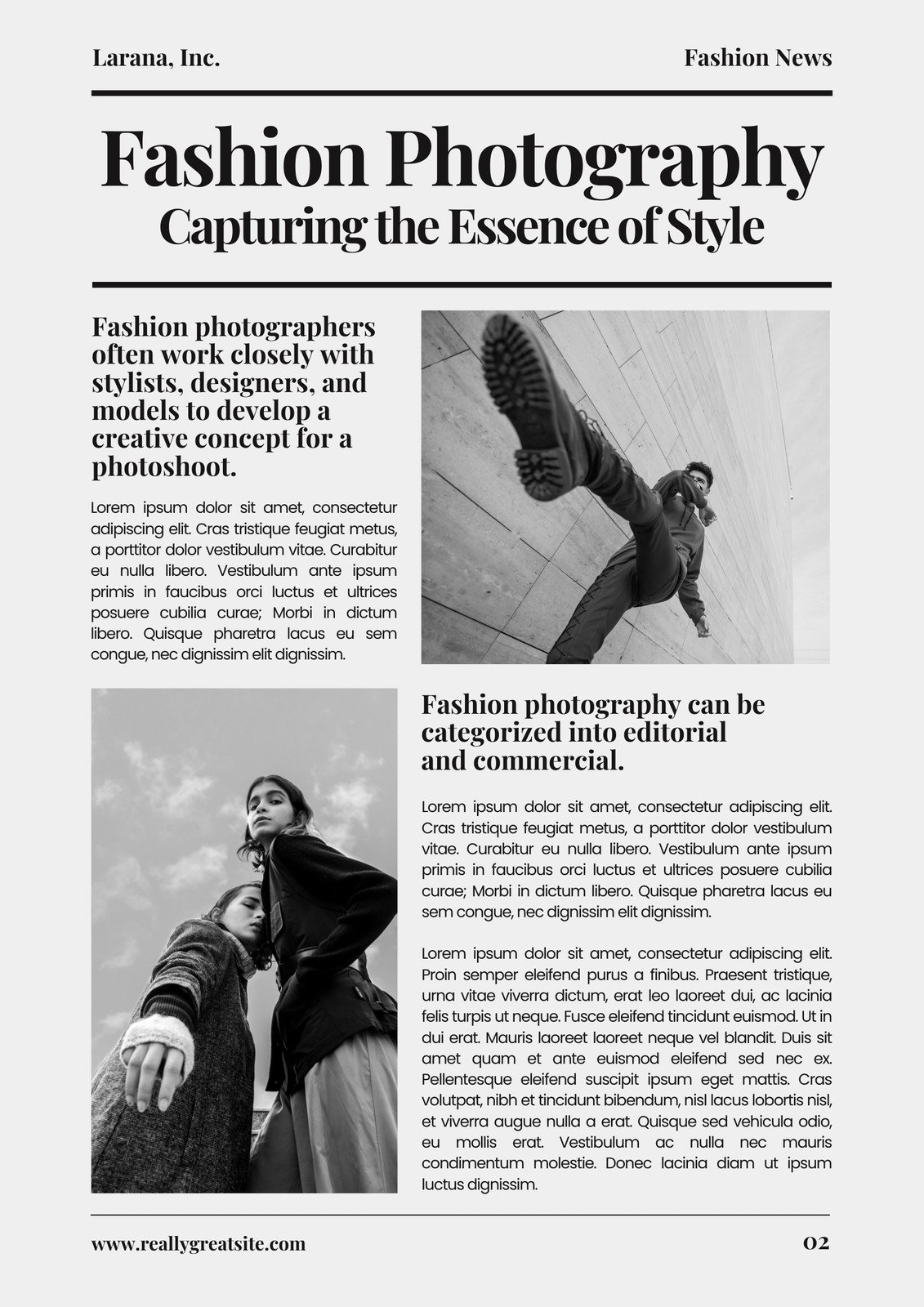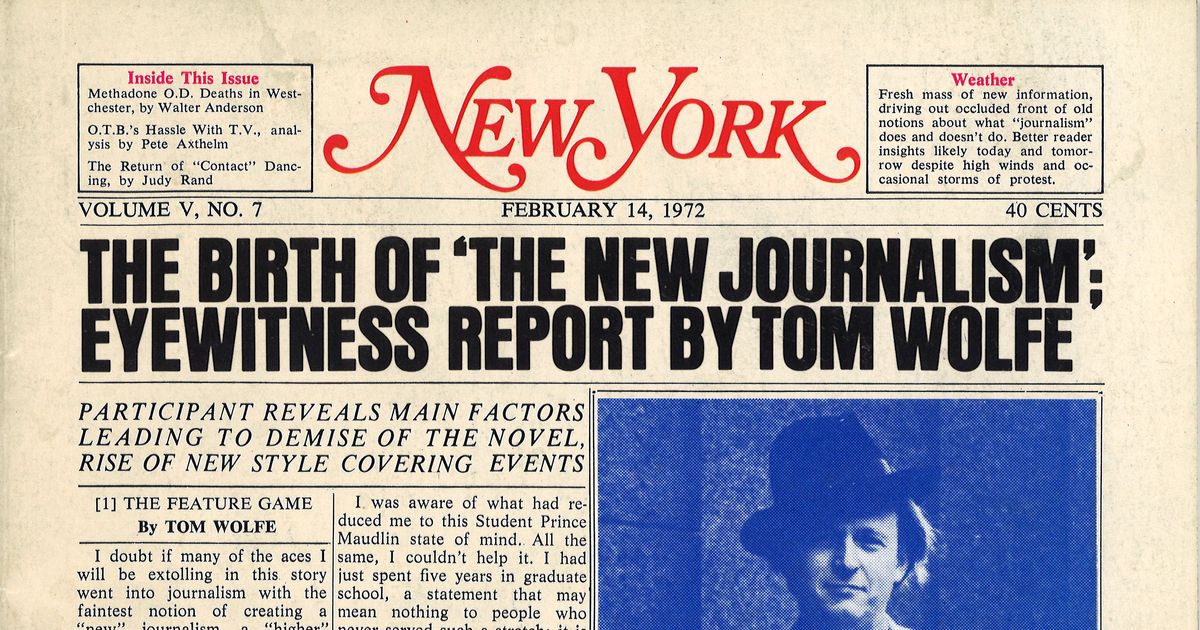All about News Articles
All about News Articles
Blog Article
Not known Incorrect Statements About News Articles
Table of ContentsThe 6-Second Trick For News ArticlesHow News Articles can Save You Time, Stress, and Money.Little Known Facts About News Articles.Get This Report about News ArticlesSee This Report about News Articles
Great expertise of various subjects provides trainees an one-upmanship over their peers. Also though electronic and social media sites are readily accessible, we need to not forget exactly how vital it is to read the papers. Parents need to try and inculcate the behavior of reading a newspaper as a day-to-day regimen to proceed the heritage of the adored print medium.News tales likewise have at least one of the adhering to vital attributes family member to the designated target market: proximity, prominence, timeliness, human rate of interest, curiosity, or repercussion.
Within these limits, news stories additionally intend to be thorough. Among the larger and more reputable papers, justness and balance is a significant aspect in offering details.
Papers with a worldwide target market, for instance, have a tendency to use a much more official design of composing. The details options made by an information electrical outlet's editor or content board are typically collected in a style guide; typical design guides include the and the US News Style Publication. The main objectives of information writing can be summed up by the ABCs of journalism: precision, brevity, and quality.
Not known Incorrect Statements About News Articles
As a guideline, reporters will not utilize a long word when a brief one will do. News writers attempt to stay clear of making use of the very same word extra than when in a paragraph (in some cases called an "resemble" or "word mirror").
Headings occasionally leave out the subject (e.g., "Jumps From Watercraft, Catches in Wheel") or verb (e.g., "Feline lady lucky"). A subhead (additionally subhed, sub-headline, subheading, caption, deck or dek) can be either a secondary title under the primary headline, or the heading of a subsection of the write-up. It is a heading that comes before the primary text, or a team of paragraphs of the primary text.
of a short article subject, source, or interviewee), it is described as a drawn quote or draw quote. Added signboards of any one of these kinds might show up later on in the post (particularly on succeeding web pages) to lure additional analysis. Journalistic web sites often make use of computer animation methods to switch one signboard for one more (e.g.
Fascination About News Articles
Such billboards are also made use of as guidelines to the short article in other areas of the publication or website, or as ads for the piece in various other publication or websites. News release of the Swiss government. Regular framework with title, lead paragraph (summary in vibrant), other paragraphs (information) and get in touch with information.

Example of a hard-lead paragraph NASA is proposing an additional room job. The budget demands around $10 billion for the project.
An "off-lead" is the second most essential front page information of the day. To "hide the lead" is to start the post with background information or details of additional significance to the viewers, requiring them internet to read even more deeply right into a write-up than they should have to in order to discover the crucial factors.
An Unbiased View of News Articles
Usual use is that or more sentences each create their own paragraph. Journalists usually explain the organization or structure of a news tale as an upside down pyramid. The crucial and most intriguing elements of a tale are placed at the beginning, with sustaining information adhering to in order of decreasing news importance.
It allows individuals to discover a topic to just the depth that their curiosity takes them, and without the imposition of information or subtleties that they might think about pointless, yet still making that details readily available to much more interested visitors. The inverted pyramid structure also allows posts to be cut to any arbitrary length throughout format, to fit in the space offered.
Some writers start their tales with the "1-2-3 lead", yet there are several sort of lead offered. This layout usually begins with a "5 Ws" opening up paragraph (as described above), complied with by an indirect quote that offers to sustain a significant aspect of the initial paragraph, and after that a direct quote to support the indirect quote. [] A kicker can describe numerous things: The last story in the information broadcast; a "happy" story to finish the program.
Longer posts, such as publication cover short articles and the items that lead the inside sections of a newspaper, are recognized as. Attribute tales vary from straight news in several means.
The Main Principles Of News Articles
An attribute's initial paragraphs often relate an interesting moment or event, as in an "anecdotal lead". From the particulars of a person check my source or episode, its view quickly widens to generalizations concerning the story's topic.

The Editor's Tool kit: A Reference Overview for Beginners and Professionals (2001) Allan M. Siegal and William G. Connolly. The New York Times Handbook of Style and Use: The Official Style Overview Utilized by the Writers and Editors of the Globe's Many Reliable Newspaper (2002) M. L. Stein, Susan Paterno, and R.
Report this page